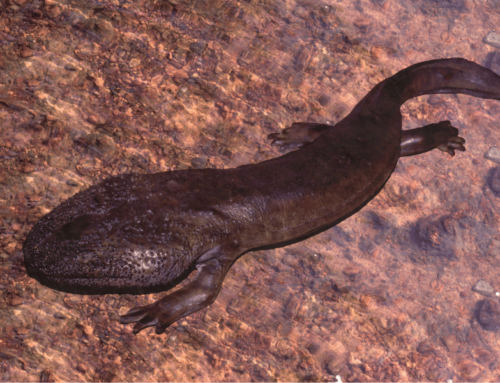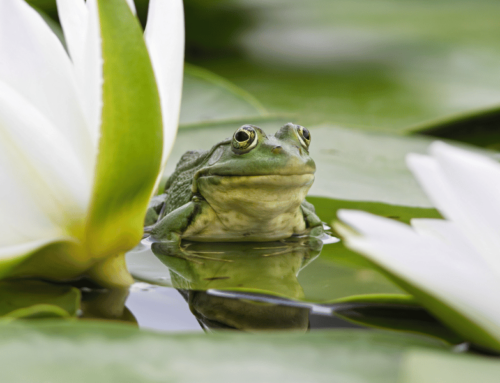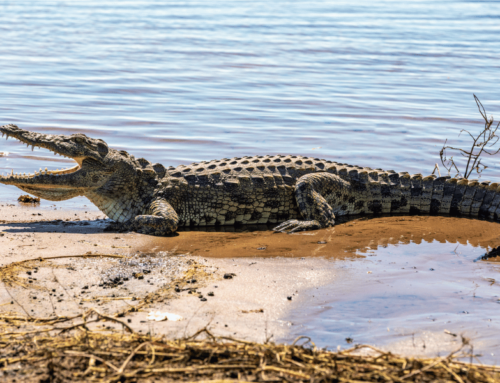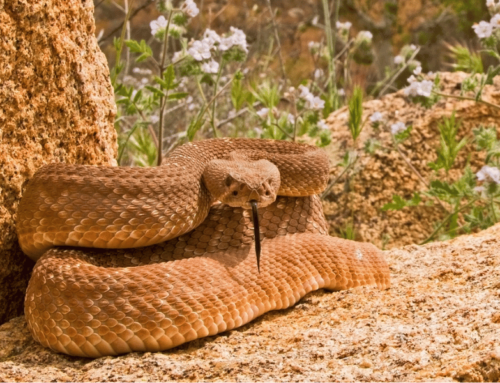Finding toads is a fun activity for people who want to go outside and engage with wildlife. If you’re not sure about how to get started, these herping tips can help.
Toads are a type of frog. Frog species can be found on all continents except Antarctica. Toads, however, are a successful enough type of frog with distinct traits that make studying them different from finding and studying other frogs. There is no concrete biological classification for toads. Therefore, they are mostly seen as frogs that are more designed for terrestrial environments, with warty skin.
This blog post is all about 11 herping tips for finding toads in the wild.
Herping Tips for Finding Toads
1. Take Note of the Weather
There are some species of toad that will only emerge into the open after it rains. An example is the Colorado River Toad. This species comes out at night only after the summer rains come. If you’re looking for this species after three weeks of no rain, in the middle of the afternoon, you are simply wasting your time.
Other species of toad have little to no behavior change if it rains. Part of the reason the invasive Cane Toad in North America and Australia is so destructive is due to its ability to come out regardless of the rain.
The temperature and season are important as well. Some species of toad will remain burrowed for all of winter. Other species may still be active but will be more active in the summer. Generally, summer will be a better time to look for them.
2. Toad Vs. Frog Physiology
It’s good to be able to recognize how toad physiology differs from other frogs in that toads are built less for taking bigger leaps. From a distance, if you see a frog hopping quickly instead of taking a few huge leaps, then it’s probably a toad. Toads are also better equipped to walk around than frogs. Seeing a frog walking in the wild is a sign that you’re likely dealing with a toad.
Non-toad frogs have longer legs than toads. Other frogs will leap with their longer legs but toads are only able to take much smaller hops to get around. Toads hop and other frogs leap. That’s a quick rule of thumb to help you differentiate them.
3. Knowing Where to Look
One thing that differentiates toads from other frogs is the habitats they are usually found in. Toads have thicker skin that usually appears warty. Toads are better designed to handle drier environments and therefore toads can be found further away from bodies of water than other frogs. This doesn’t mean that wetlands or bodies of water are bad places to look for them, but it does mean that these are not the only places to look.
Try looking in wooded areas or fields as well where there are likely to be lots of insects for them to feed on.
4. Find Insects
Toads oftentimes will eat anything that crosses their path if it’s the right size. This includes other toads. However, the most common food item for them is insects. If you look for places with insects, there’s a good chance that the toads aren’t far away. Other prey items include spiders, snails, slugs and worms.
Bugs are often attracted to light, so any source of artificial light would be a good place to check as the insects may attract toads.
5. Go Out at Night or Late Evening
Toads are generally nocturnal. Many species will spend most of the day burrowed underground or hiding under objects to avoid predators. There are species that are active during the day but unless you know that a particular species is active in the day, it’s a better bet to go out at night or in the later evening. If you are trying to find them in the daytime, you can look under rocks and logs or any other objects that will provide them shelter.
If you’re willing to get up early, go look for them in the early morning. The earlier, the better, as many toad species will stop activity once the sun starts rising.
6. Know what Toad Eggs look Like
Toad eggs look different from the eggs of other frogs. When you are looking through bodies of water and stumble across frog eggs, there is one way to differentiate the toad eggs from all others and that’s to look at how they eggs are joined together.
Toads lay their eggs in a string and non-toad frogs lay their eggs in a massive clump. The following picture illustrates the difference.
When you come across these eggs, you know that toads are likely in the area or that at least you’re in a habitat where toads frequent.

7. Listen for Them
This one is obvious. Toads are a vocal group of animals and there’s a good chance you’ll hear a toad long before you see one. It’s a good idea to get familiar with the calls of the toad species where you are searching. These calls can be found on Youtube or on websites like musicofnature.com.
However, you can’t count on hearing the calls. Some species are quieter than others and some species are more vocal only during mating season.
8. Don’t Forget Your Headlight
Since you’ll likely be going out at night or in the evening, you’ll need a headlight. This is an important requirement as you’ll obviously be able to see at night, but it will free up your hands. There are lots of different options for you. Affordable headlights can be bought for less than 20 dollars from Walmart and Amazon. There are also lots of safety glasses also that have built in lights.
Try to choose a headlight or safety glasses that have a red-light option. Red light, unlike bright white light, won’t compromise your night vision. Red light is also less blinding to wildlife and is better at not scaring them off, making them easier to get close to.
Also, a light with different brightness settings are another option that make nighttime herping easier.
9. Be Careful with Handling
Many toads are poisonous. Invasive species can be very problematic for native wildlife as predators don’t have any built-up tolerance to an introduced species. The Cane Toad for example has massive parotoid glands, which contain bufotoxin, which is deadly. If the toad feels threatened or is attacked, the poison is excreted. The toxin can even be present on the animal’s back, without any actual interaction with a person or large animal, so even if it doesn’t look like you’ve been exposed to poison, it’s best to simply assume that you have been exposed to poison.
For this reason, anytime you decide to handle a toad, it’s best to wash your hands immediately afterward.
Also, keep in mind that amphibians have semi-permeable skin, allowing them to absorb water and any chemicals on your hand. This can be deadly for them depending on what’s on your hand. This is less true for toads than other frogs but it’s probably a good idea to not handle any amphibian for too long.
If you do decide to handle a toad, don’t do it for very long and make sure you wash your hands thoroughly afterwards. For longer handling, it’s best for you and the toad to wear non-powdered vinyl gloves.
Note: Despite their warty appearance, toads are not known to give people warts. Be more worried about the poison.
10. Know Which Toads are in Your Area
Chances are, there is at least one species of toad in your area. Even in the harshest of deserts, such as Death Valley in California is home to the Red-Spotted Toad along with the Western Toad, which is an introduced species.
With the internet, all it takes is using a search engine to find which toads can be found near you. The other advice in this blog post should be followed after you know which species you are likely to find. You can find the range of each species and find areas where multiple species coexist. This is more important than you might think. For instance, the Common Toad has been observed climbing trees. If you weren’t aware of that, you might not bother looking in trees to find toads.
11. Consider Attracting Toads to your Backyard
If you want to see toads on a more regular basis, you can set your backyard up to be more attractive to toads. One way to do this is to put objects for toads to take shelter under, in your yard.
A great choice for this is to plant more plants. This is among the best options because it of course looks more natural. The best plants for this are ones that will provide covering towards the ground. Obviously, tall plants with little foliage such as bamboo, aren’t viable options for this. Better options include maidenhair fern, woodfern, plantain lilies, fiddlehead fern and Bergenia. Check to see if those plants are good for where you live.
Having locations with even a small amount of lighting can increase the amount of insects in your yard, which in turn will attract toads, looking for something to eat.
Conclusion:
If you follow these herping tips, you will increase your chances of finding toads. You will also find more rare species.





